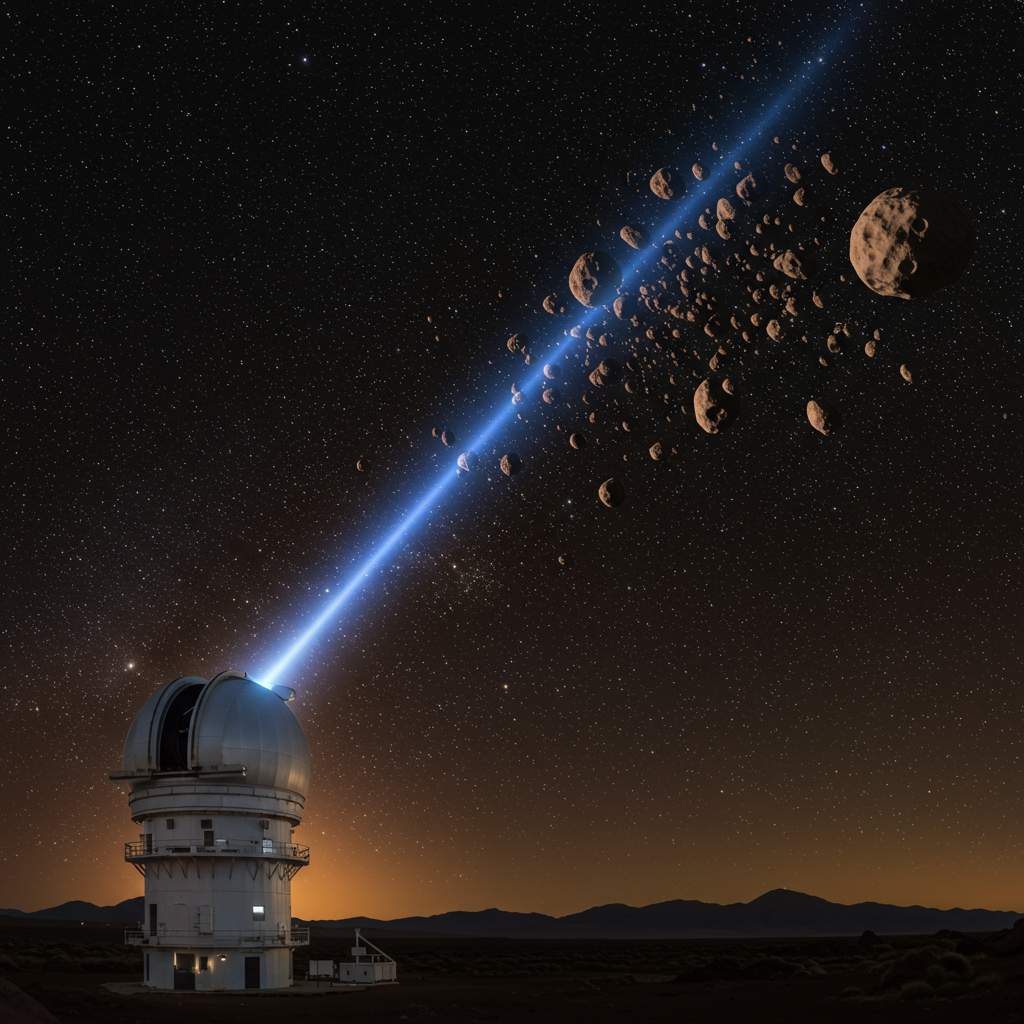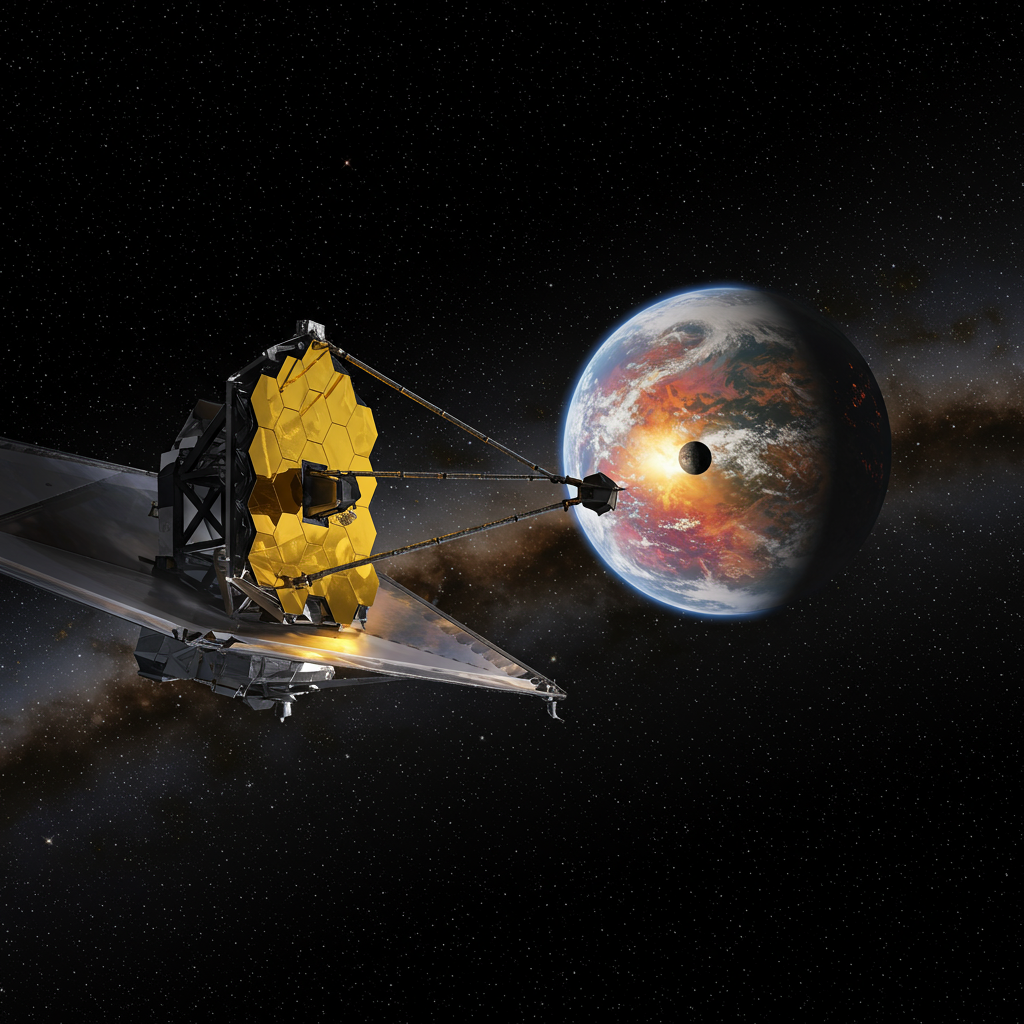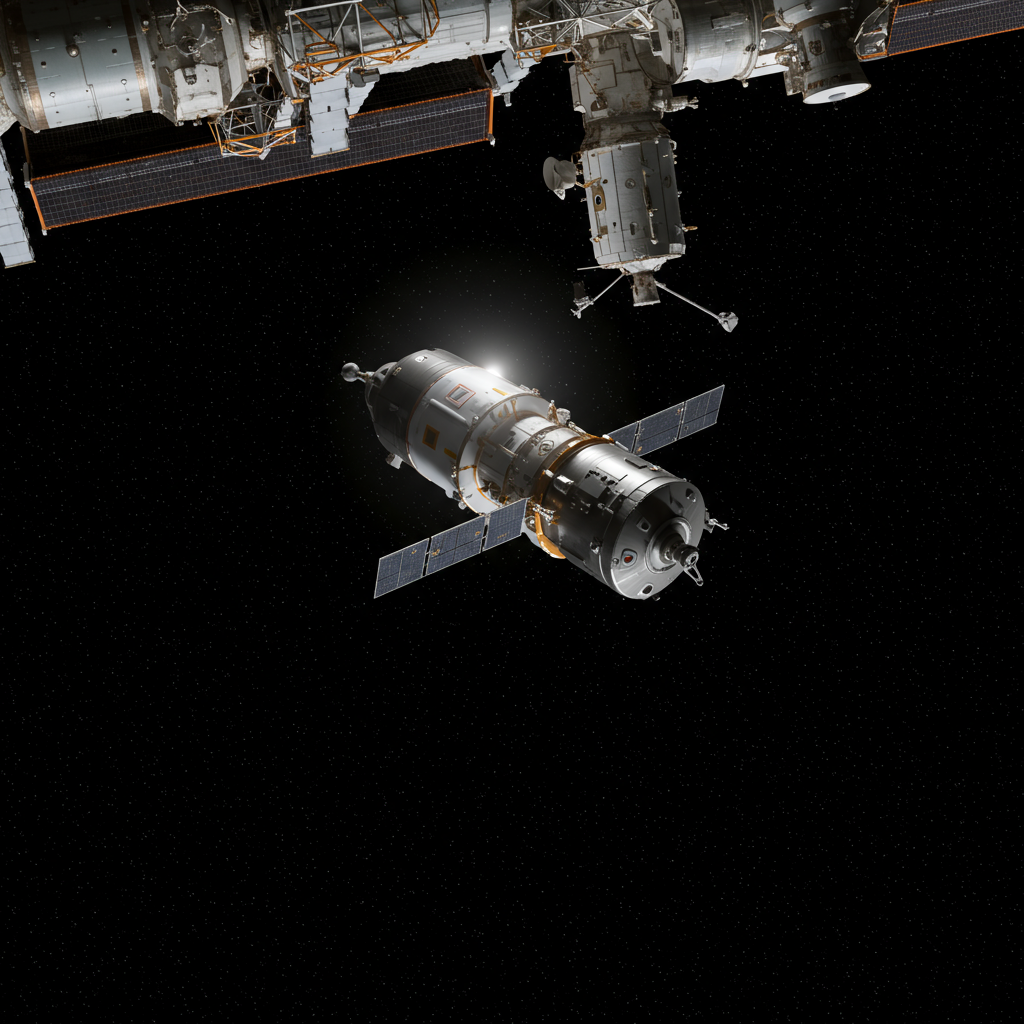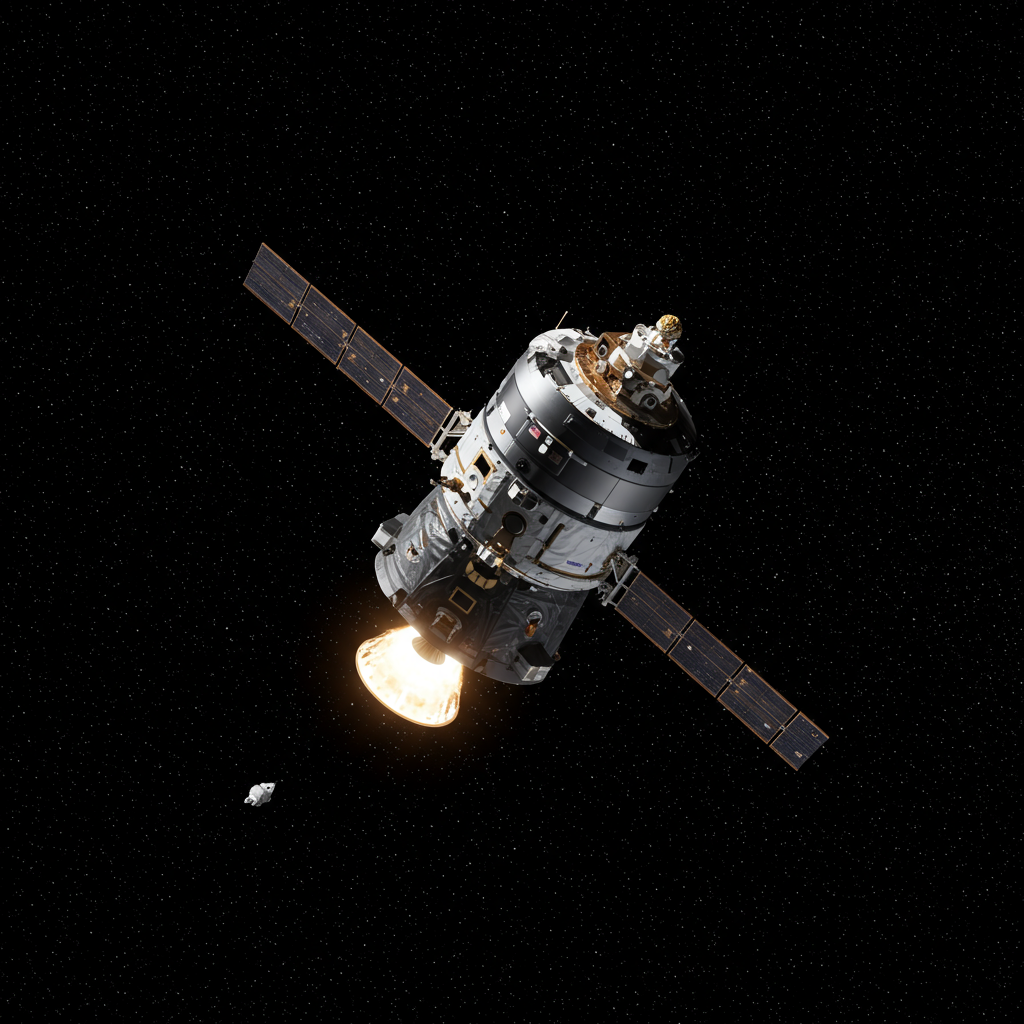A new era in astronomy is dawning, led by the powerful Vera C. Rubin Observatory in Chile. Fresh off releasing its stunning first images, this revolutionary facility is already proving its immense capabilities, particularly in the hunt for asteroids. In just a few nights of initial operations, the Rubin Observatory has identified a staggering 2,104 previously undiscovered asteroids in our solar system.
This early haul is far more than just an impressive statistic; it signals a dramatic acceleration in the pace of cosmic discovery. To put it in perspective, one scientist involved stated that this initial finding surpasses “five times more than all the astronomers in the world discovered during the last 200 years since the discovery of the first asteroid.” With its full operations set to ramp up, the observatory is poised to discover millions more, potentially increasing the number of known asteroids in our cosmic neighborhood from approximately one million to as many as five million within its first couple of years.
A Powerhouse Observatory Built for Discovery
Located atop Cerro Pachón in the Chilean Andes, the Vera C. Rubin Observatory features an innovative design optimized for surveying the sky with unprecedented speed and detail. At its heart is the world’s largest digital camera, boasting a massive 3,200 megapixels, paired with an 8.4-meter (27-foot) primary mirror. This setup allows it to capture wide-field, high-resolution images covering an area equivalent to 40 full moons in a single 30-second exposure.
The observatory’s core mission is the Legacy Survey of Space and Time (LSST), a planned 10-year project that will involve scanning the entire visible southern sky every three to four nights. This continuous, rapid observation will create a dynamic, high-definition “time-lapse movie” of the universe, allowing scientists to study cosmic evolution and detect changes across the cosmos, from distant galaxies to objects right here in our solar system.
Seeing Asteroids in Motion: The ‘Cosmic Movie’ Advantage
While the LSST will explore billions of stars and galaxies, its design makes it uniquely suited for finding objects that move or change brightness – making it a potent “solar system discovery machine.” Unlike other telescopes that might capture a single snapshot of a fleeting asteroid, Rubin’s repeated scans of the same sky patches allow astronomers to easily identify objects moving against the static background of stars and galaxies.
Asteroids appear as colored streaks in combined images, each color corresponding to a different exposure. This seemingly simple feature is a breakthrough, allowing the precise isolation and tracking of an object’s trajectory. This capability to capture and record the movement of relatively small objects orbiting the sun is described as unprecedented, overcoming the previous difficulty where asteroids often disappear after just one image.
Bolstering Earth’s Planetary Defense
This enhanced tracking ability is particularly critical for planetary defense. With growing public and scientific focus on the potential threat of asteroid impacts – highlighted by missions like NASA’s successful DART test, anxieties over objects like Asteroid 2024 YR4, and discussions in government about asteroid defense funding – having a state-of-the-art detection system is invaluable.
Current estimates suggest that only about 40 percent of potentially hazardous near-Earth objects large enough to cause significant regional damage have been found. The Rubin Observatory’s ability to rapidly scan vast areas of the sky and precisely track newly found objects means it can play a crucial role in quickly finding the remaining undetected threats. Information about potentially hazardous objects will be reported daily, providing global astronomers with vital data within 24 hours of detection.
A Glimpse of What’s to Come
The initial discovery of 2,104 asteroids represents only a tiny fraction of what the Rubin Observatory is expected to find. Simulations show that these early detections come from just a narrow slice of the predicted asteroid population orbiting the sun. As the LSST surveys the full “donut” of asteroids in our solar system over the next few years, it will reveal millions more, fundamentally changing our understanding of our immediate cosmic neighborhood.
Beyond asteroids, the observatory’s work will explore mysteries like dark matter and dark energy, map the large-scale structure of the universe, and capture everything from distant galaxies to interstellar visitors. But for now, its remarkable debut in asteroid hunting has firmly established the Vera C. Rubin Observatory as a game-changer, revolutionizing how we find and track the countless rocky bodies sharing our cosmic home.




